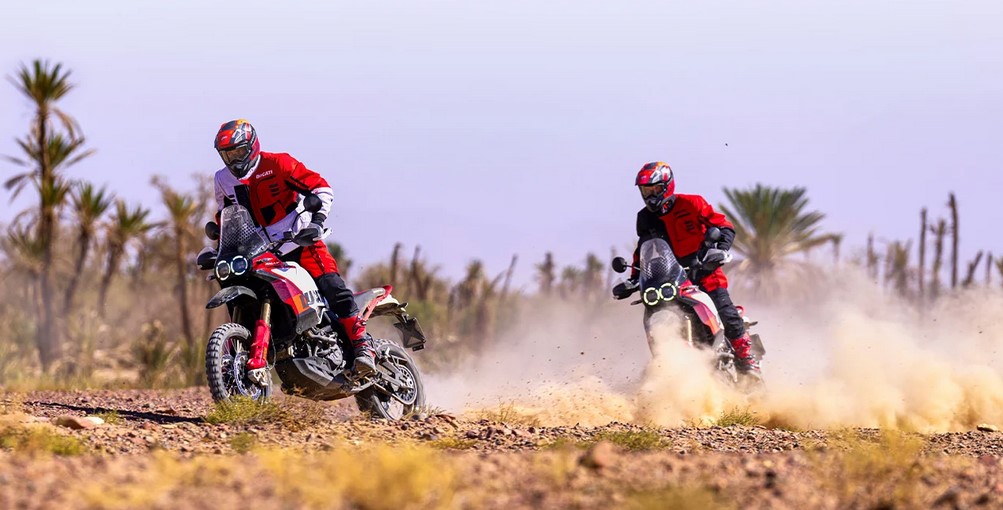Ducati’s DesertX Rally motorcycle is their most hardcore adventure bike yet. With any more capability, it would have to be considered a race machine. Coming on the heels of the 2023 DesertX, the 2024 Rally is a beefed up version of an already capable machine.
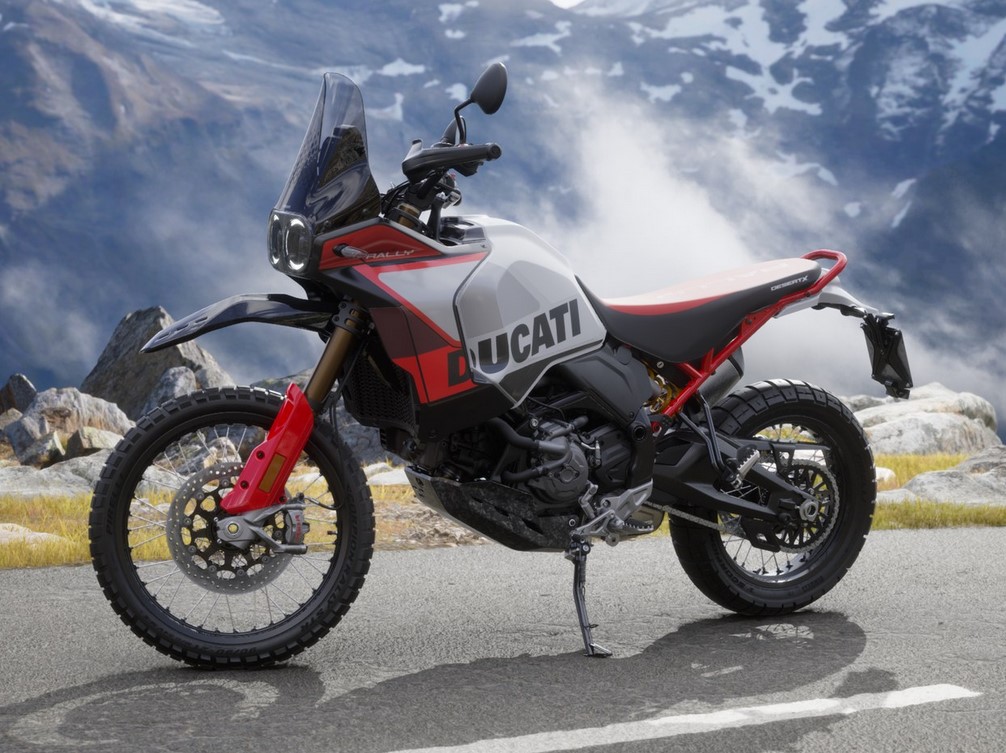
Desmo Power
At the Rally’s heart is the same DVT (Desmodromic Variable Timing) 11° Testastretta 90-degree, eight-valve twin engine that powers the DesertX. Previous versions first powered Ducati’s Monster, then the Multistrada V2.
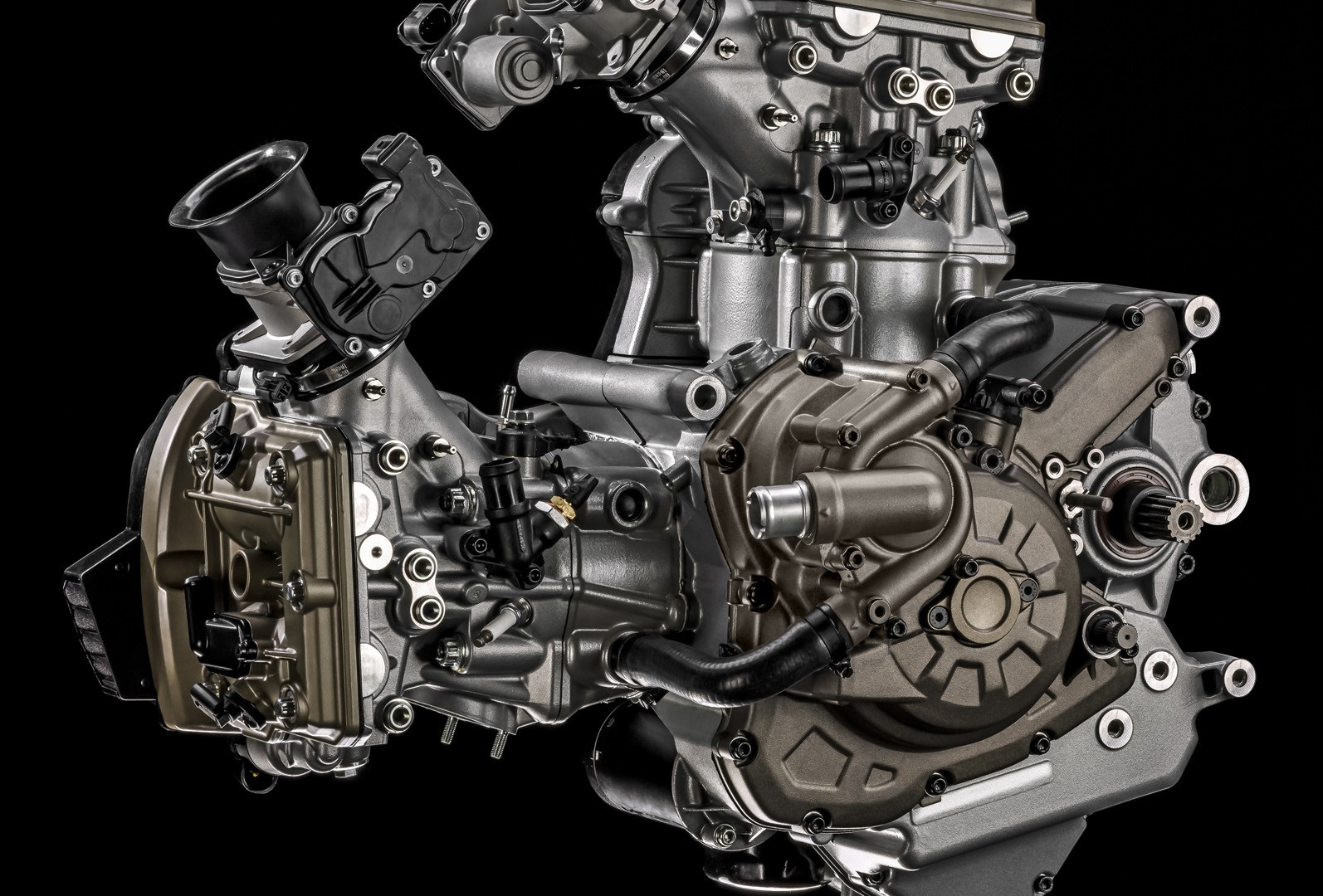
Said to make 110 horsepower at 9,250 rpm and 68 lb-ft at 6,000 rpm, the 937cc twin creates a wide band of usable power that should entertain any adventure rider.
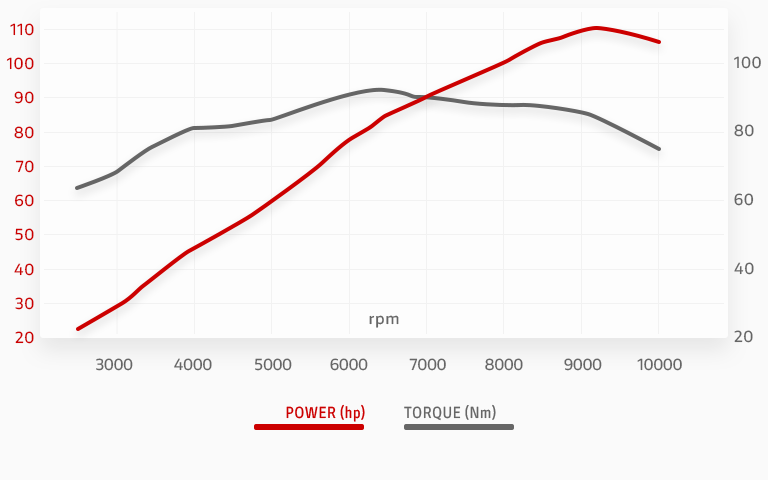
A wet eight-plate slipper clutch manages gear shifts for the 6-speed transmission. The standard DesertX weighs in at 445 pounds, Ducati hasn’t released a weight for the Rally as yet.
Electronics
Keeping that power in check when need be, the Rally’s ride-by-wire engine control unit provides six riding modes: Urban, Touring, Sport, Wet, Enduro, and Rally. It also serves up traction control, wheelie control, and cornering ABS, plus Ducati Quick Shift. A five-inch TFT display allows the rider to monitor and manipulate the status of these electronic helpers. Perched vertically to allow better visibility with the rider standing, the nerve center can also integrate with Ducati’s media suite and turn-by-turn nav system.
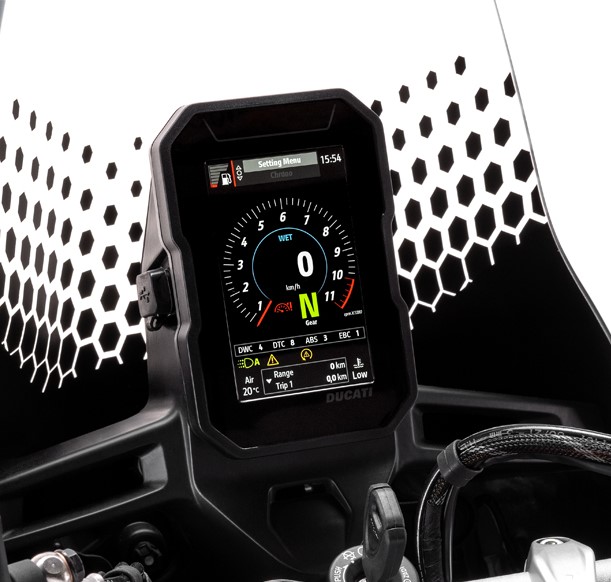
DesertX Rally Suspension
The Rally’s suspension gets the biggest changes from the plain X, with an inverted 48mm Kayaba fork up front. It is longer by 30 millimeters, allowing 9.8 inches of travel, an increase of 0.8 inches, and lengthens the wheelbase by an inch to 64 inches. This special fork is slicker than the basic version’s as well, thanks to a Kashima coating inside.
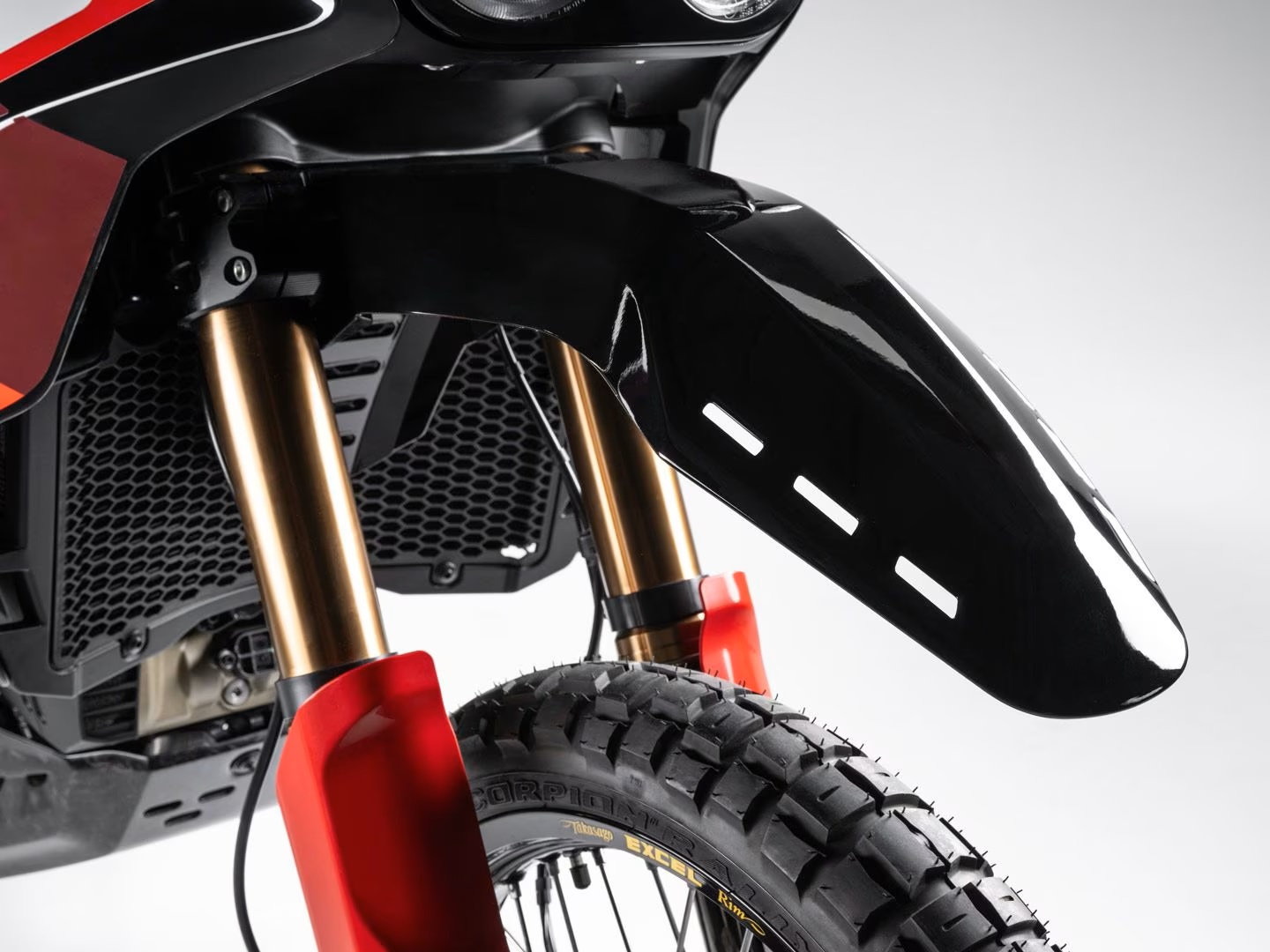
The sliders have a DLC (diamond-like carbon) coating to maintain smooth operation no matter what the weather or trail throws at them. Also up front on the DesertX Rally is an Ohlins steering damper.
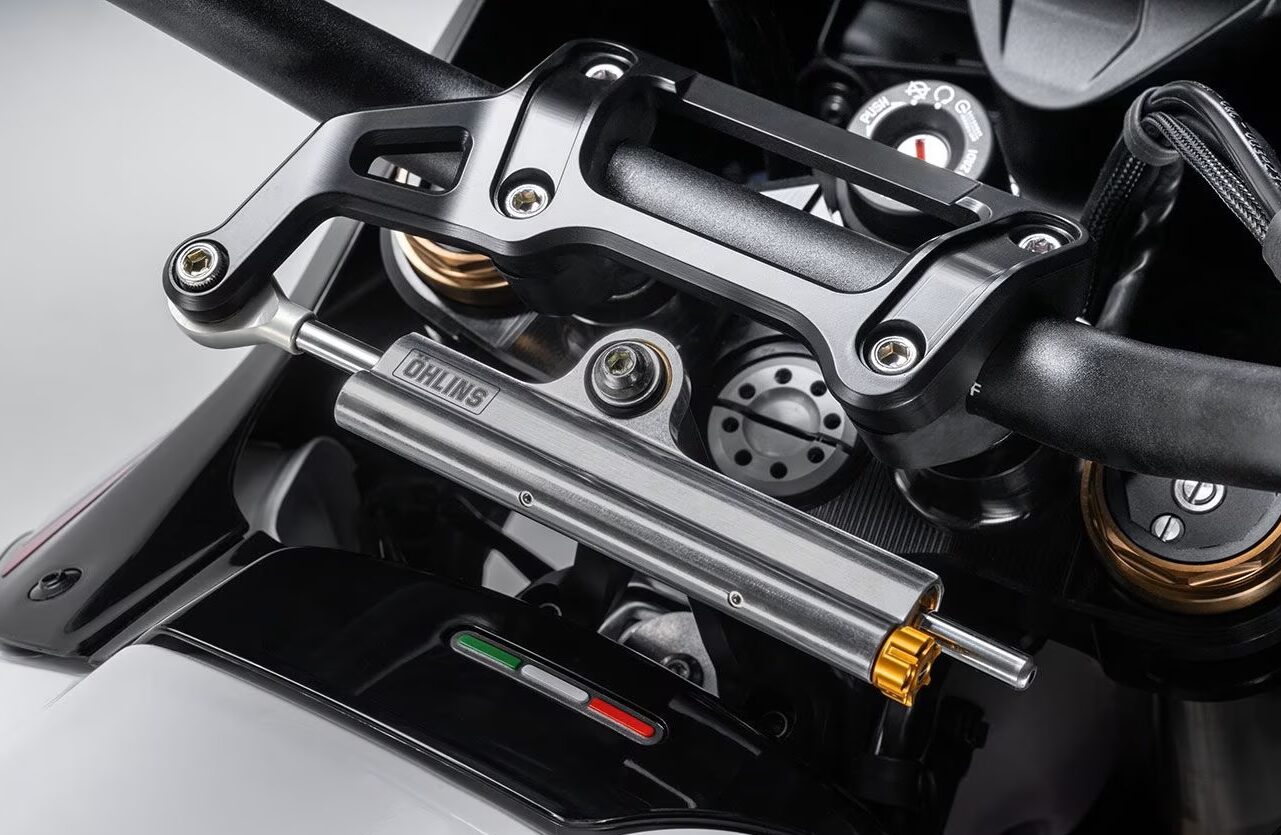
A new Kayaba monoshock featuring more efficient damping for gnarly rides allows 9.4 inches of travel at the rear. A 1.4-inch increase of seat height brings it to 35.8 inches; both a lower seat and lowered suspension kit are available.
Braking the Rally
Two Brembo M50 monobloc radial calipers with two pistons each adorn the front wheel, ready to grab the twin 320 millimeter discs at the touch of a lever.
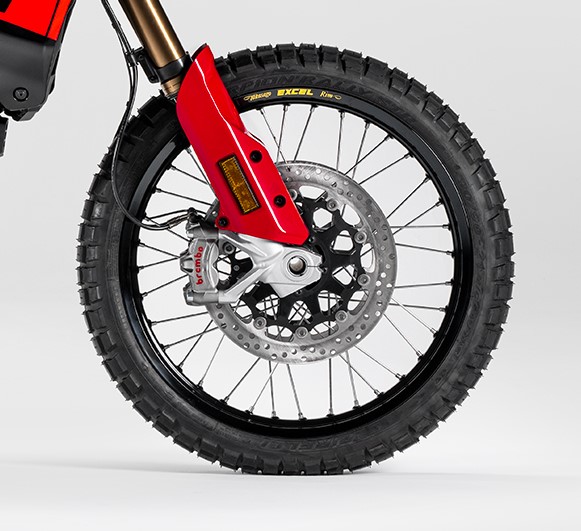 Ducati notes they are strong stoppers with good modulation for those tricky off-road surfaces. Cornering ABS is ready to engage at both ends when necessary. A single two-piston Brembo caliper clamps a 265 millimeter disc on the rear wheel.
Ducati notes they are strong stoppers with good modulation for those tricky off-road surfaces. Cornering ABS is ready to engage at both ends when necessary. A single two-piston Brembo caliper clamps a 265 millimeter disc on the rear wheel.
DesertX Rally Range, Traction and Comfort
The Rally has the same 5.5-gallon fuel supply as the standard X model. Using Ducati’s claimed 42 miles per gallon gives the bikes a potential 232-mile range. Adding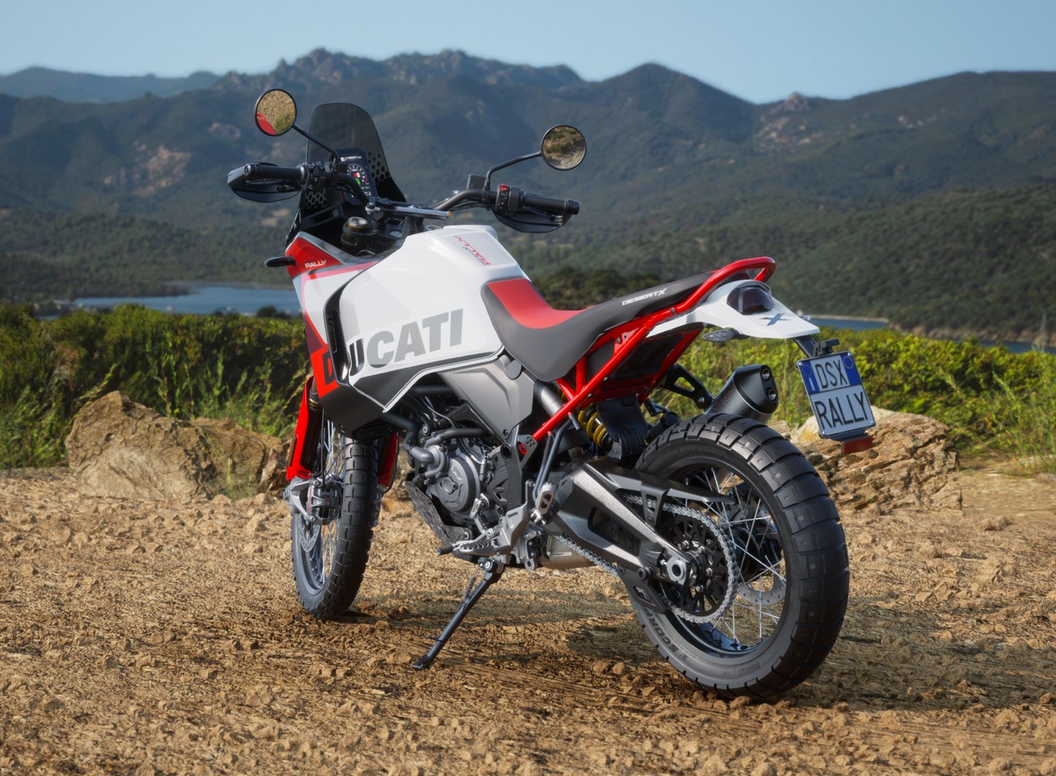 the 2.1-gallon auxiliary tank, which fits on the rear, makes possible a potential 321-mile day without re-fueling. Tubed tires are fitted to the spoked 21- and 18-inch rims. Buyers have a choice of three Pirelli models: Scorpion Rally STRs (shown above) for a mix of surfaces; Scorpion Rally for hardcore off-roading; and the Scorpion Trail II for more pavement oriented pursuits.
the 2.1-gallon auxiliary tank, which fits on the rear, makes possible a potential 321-mile day without re-fueling. Tubed tires are fitted to the spoked 21- and 18-inch rims. Buyers have a choice of three Pirelli models: Scorpion Rally STRs (shown above) for a mix of surfaces; Scorpion Rally for hardcore off-roading; and the Scorpion Trail II for more pavement oriented pursuits.
All lighting is LED, with special care taken to create bright daylight running lights. Ducati touts the seat, handlebar, pegs layout to be designed “so that the rider can naturally move from a seated to standing position.” They are also proud to have supplied comfortable seating.
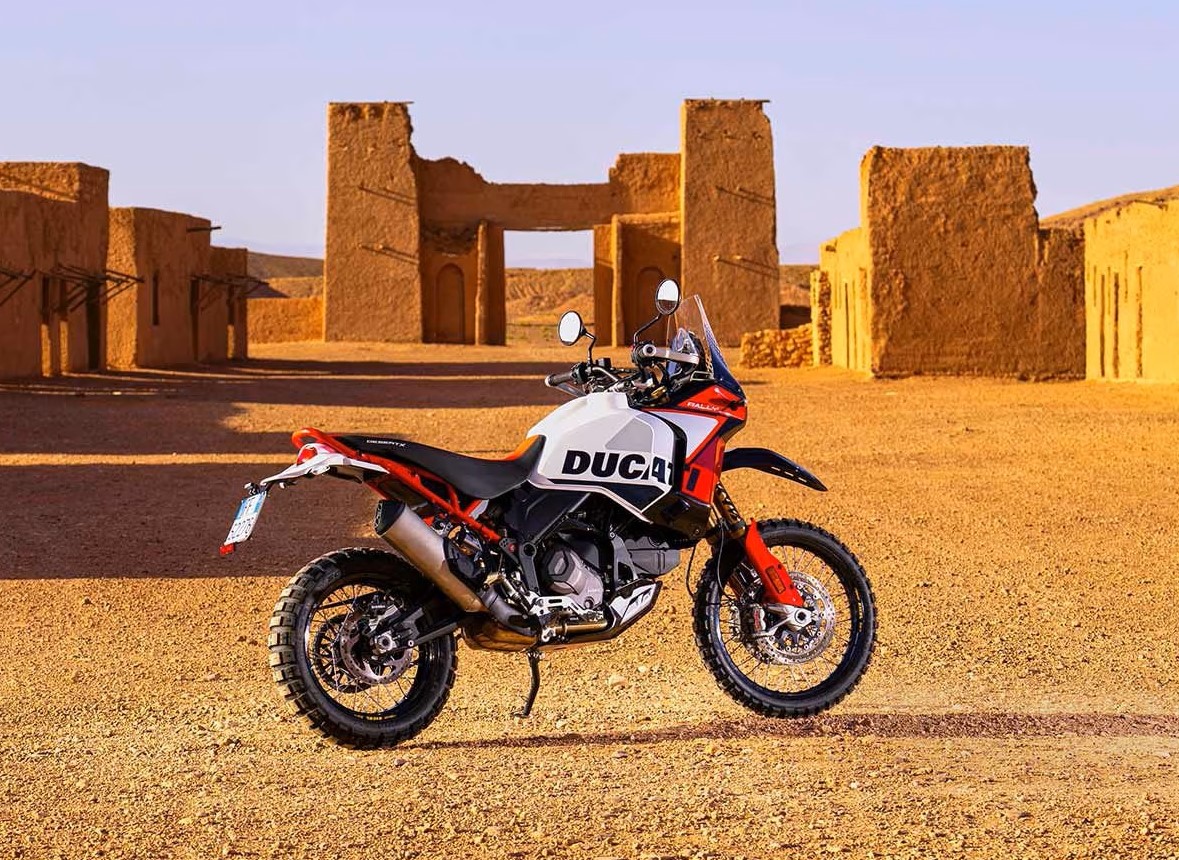
Paying the Piper
What looks like super ride also comes with a super MSRP: $22,995. But that’s probably not the end of the outlay, since Ducati has devilishly created a suite of accessories to enhance the Rally. Their catalog includes everything from heated grips and a touring windscreen to crash bars and luggage. But they know that the genuine Ducatisti will not be able to resist a Termignoni silencer.
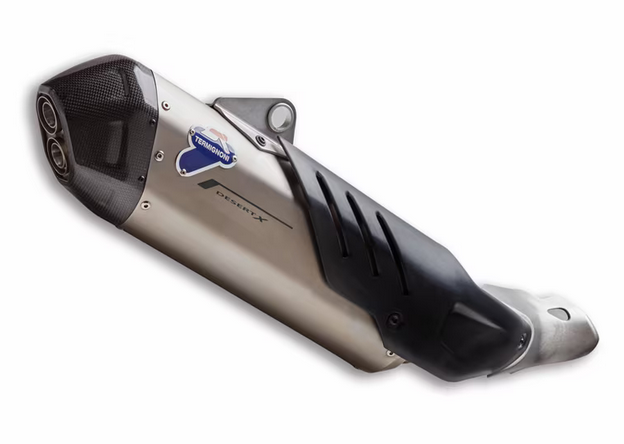
Looking for something still adventure-capable, but for longer distance travel? Consider the Multistrada V4, as reviewed by Scott Brady.
See the DesertX Rally in action here.
Our No Compromise Clause: We do not accept advertorial content or allow advertising to influence our coverage, and our contributors are guaranteed editorial independence. Overland International may earn a small commission from affiliate links included in this article. We appreciate your support.


